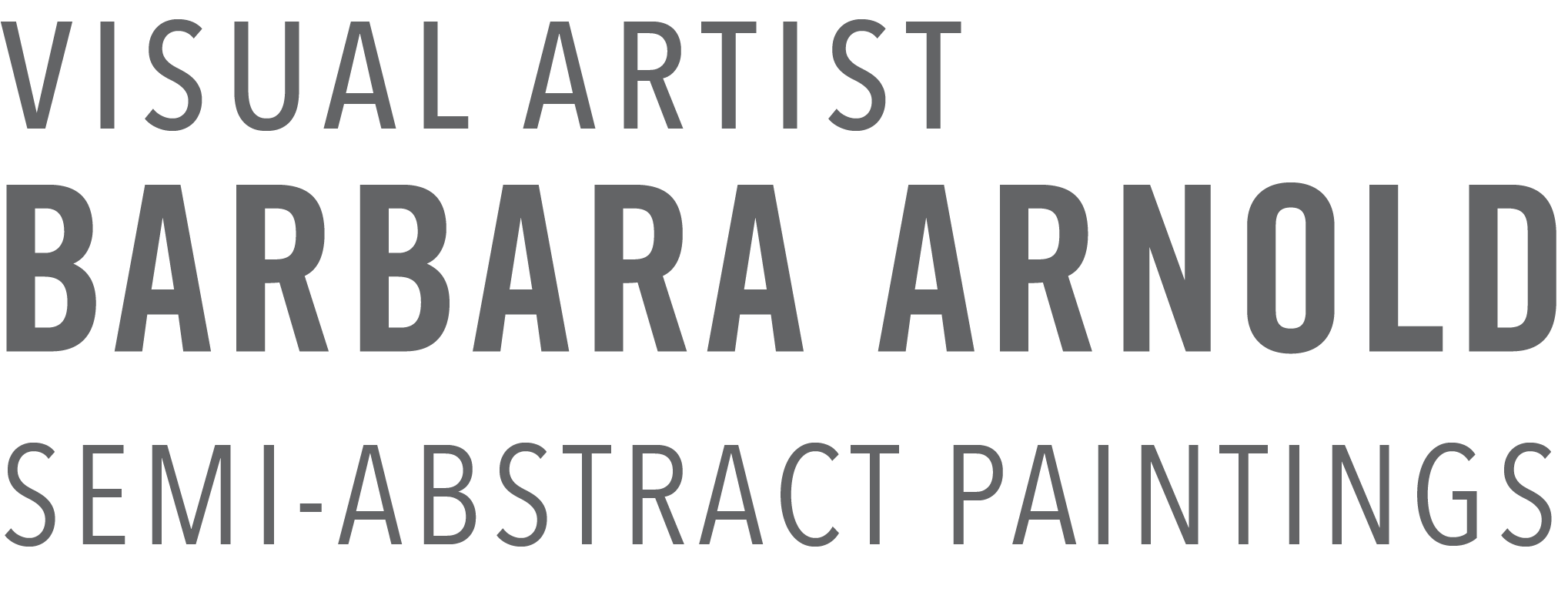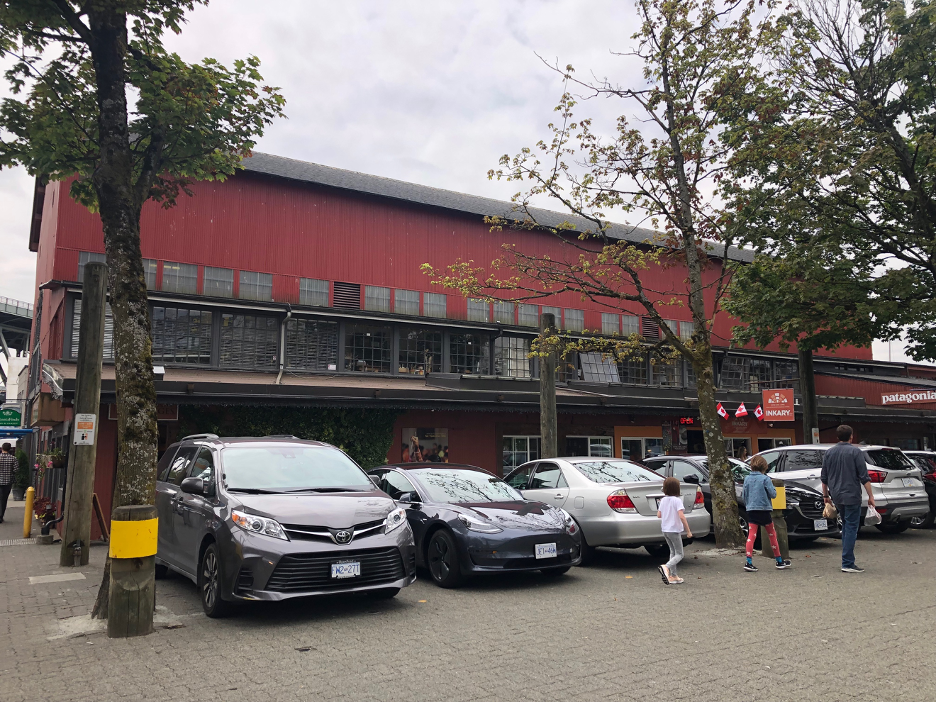by Barbara Arnold — June 23, 2020
As you may or may not know I used to have my studio in the Red Barn on Granville Island in Vancouver for the past 9 years. Granville Island is both a locals’ favourite and a huge draw for visitors. The Granville Island Public Market acts as a hub of activity, but it’s also one of the city’s most important cultural districts with theatres, artisan workshops and craft studios. The reuse of buildings and conservation of maritime heritage has created a unique and vibrant place that welcomes over 12 million visitors a year and employs over 3,000 people. What is now Granville Island was once nothing more than two sandbars.
Having been a tenant on Granville Island I decided to dedicate this blog post to the history of Granville Island. With the help of: “as Pluto Living says: the Wikipedias and the Mr. Googlies”, and the Vancouver heritage foundation, I found the following facts.
Some 10,000+ years ago: 2 kilometres of ice-covered what will become Vancouver and Granville Island. People moved into the region as the ice retreated. This peninsula was originally used by First Nations as a fishing area. The False Creek area is traditional, ancestral, unceded territory of Squamish, Musqueam and Tsleil-Waututh people and it was inhabited seasonally for fishing and hunting, long before the creation of a permanent village called Sun’ahk that occupied land at the mouth of False Creek on the South shoreline (just West of where the Granville Bridge is now).
As Legend says:
“Not so long ago, there was a place, a living place beneath the waves. It was a sandbar that emerged each day as the tides receded; a gathering place, a people’s place, where people came to fish, a place of friendship, family, and laughter. It was a place where stories were told, even acted out, the occasional songs sung, with old traditions passed from one generation to another, a nurturing place of sustenance.
The place would disappear beneath the waves each day, washed clean of its footprints old and young, large and small, light and heavy. Empty mussel and crab shells, fish bones and other evidence of the day’s activities were washed away by the tide, leaving nothing but pristine sand to rise again with the next receding tide to welcome its visitors. Refreshed and renewed, the sandbar would emerge like a blank canvas awaiting discovery, with new riches to be yielded, discovered and enjoyed, nourishment for body and soul.”
In 1791: The Spanish ship Santa Saturnina, under command of José Maria Narváez anchors off Point Grey. They trade with Musqueam people and map the area. A year later, Captain George Vancouver explores and maps the Vancouver region of the British.
In the 1850s-70s:
The Fraser Canyon gold rush brings people to the region. The colony of British Columbia is established in 1858. with the Granville townsite being founded in 1870 around the Hastings Mill. In 1869 the colonial government designates 37 acres at the mouth of False Creek as Indian reserve. In 1877 the federal and provincial governments expanded it to 80 acres. By 1899, residents were being forced to leave their reserves and their homes and put on a barge to North Vancouver.
False Creek in the late 19th century was more than twice today’s size, and its tidal flats included a large permanent sandbar. In 1886: The Canadian Pacific Railway (CPR) builds and plans for a terminus of English Bay. CPR constructs a bridge over this sandbar. It is a fixed, rickety, wooden trestle bridge, which will be the original Granville Street bridge over False Creek. (two more bridges will be built later) The city of Vancouver was called Granville until it was renamed in 1886, but the former name was kept and given to Granville Street.

The first attempt to stabilize the sandbar by driving piles around the perimeter was an unofficial attempt to create some free real estate. The Federal government put a stop to the work as a menace to navigation, but the piles are still visible in a photo taken in 1891.
The industrial boom of the 20th century required Vancouver to make room for the forest, mining, construction and shipping industries.
In 1915, with the port of Vancouver growing, the newly formed Vancouver Harbour Commission approved a reclamation project in False Creek for an industrial area which would ultimately result in the creation of Granville Island.
A 14-hectare (35-acre) island, connected to the mainland by a combined road and rail bridge at its south end, was to be built. A new bridge (the second Granville Street bridge) was constructed next to the old wooden bridge. Almost 760,000 cubic metres (1,000,000 cubic yards) of fill was dredged largely by a man named Alvin Kingston, from the surrounding waters of False Creek to create the island under the Granville Street Bridge. The total cost for the reclamation was $342,000.
It was originally called Industrial Island, but Granville Island, named after the bridge that ran directly overhead, was the name that stuck.
The very first tenant, B.C. Equipment Ltd., set the standard by building a wood-framed machine shop, clad on all sides in corrugated tin at the Island’s western end. (Today the same structure houses part of the Granville Island Public Market.) The company repaired and assembled heavy equipment for mining and forestry industries and used barges for shipping.
By 1923 virtually every lot on the Island was occupied, mostly by similar corrugated-tin factories. Canada Chain and Forge occupied a number of buildings on Granville Island and their sign can still be seen on Anderson Street above the parkade entrance. Granville Island employees discovered a massive chain link left behind by the company in 2009, which can still be found inside the parkade today.

During the Second World War, Wright’s Canadian Ropes on the island was Canada’s biggest manufacturer of heavy-duty wire rope. Their Green Heart product was supplied to forestry and mining industries. A fire in 1953 gutted their Granville Island factory so they moved to South Vancouver in 1956. In 1972, a federal order-in-council assigned management of the 14-hectare site to Canadian Mortgage and Housing Corporation (CMHC). The federal government invested $24.7 million there between 1973 and 1982. In 1979, the federal and provincial governments converted a 50,000 square foot building to the Public Market. In 1980, the Emily Carr University of Art & Design was added to the island.
Ron Basford, the Minister responsible for CMHC, was referred to as Mr. Granville and was later recognized with the naming of Ron Basford Park on Granville Island.
In 2016, the federal government announced a commitment to develop a 2040 plan to redevelop the island, in part because the Emily Carr University was going to move off the island. In 2017, the plan which includes a proposed elevator and stairway connecting the middle of the Granville Street Bridge to Granville Island below. The four pillars of the plan are to improve access, expand the market area, enhance the arts, and renew public spaces.
Until recent my studio was in what is called the Red Barn. Granville Island’s Red Barn started out as a warehouse for National Machinery Company Ltd. Inside the barn, the company manufactured important machinery for the local industry. The Red Barn is now part of the Granville Island Maritime Market and Boatyard. The building still has the character of many years ago with its old vintage barn windows. I also discovered (when replacing my thermostat), that it still has the original electrical wiring in the walls!
It has been a true pleasure and inspiration to create my artwork in this historical building and to be a part of this special community, that once was nothing but large tidal flats. I am very sad to leave my studio but trust that as tides come and go another new exciting location will wash in with the tides for Barbara Arnold Art soon.




No Comments